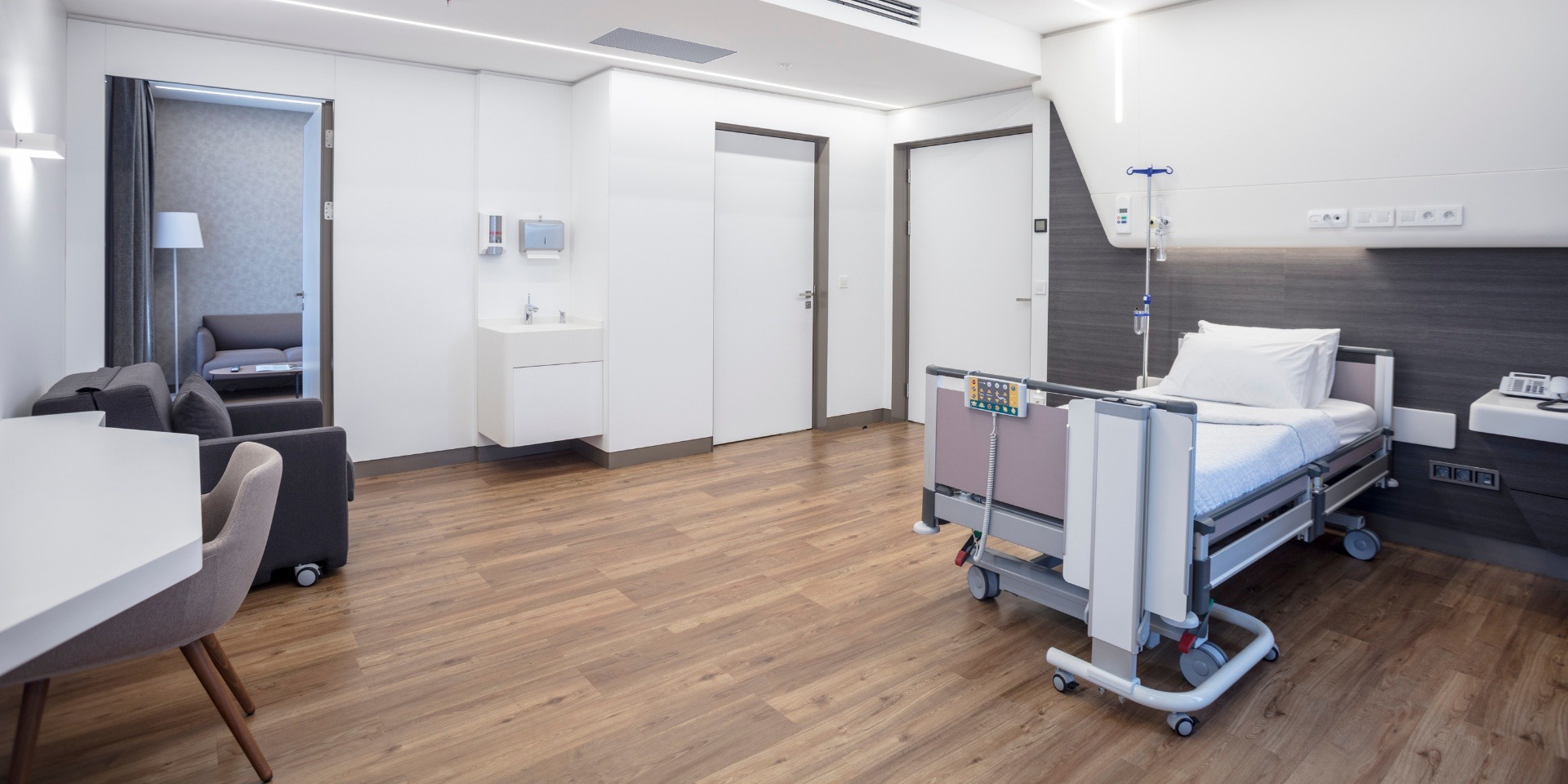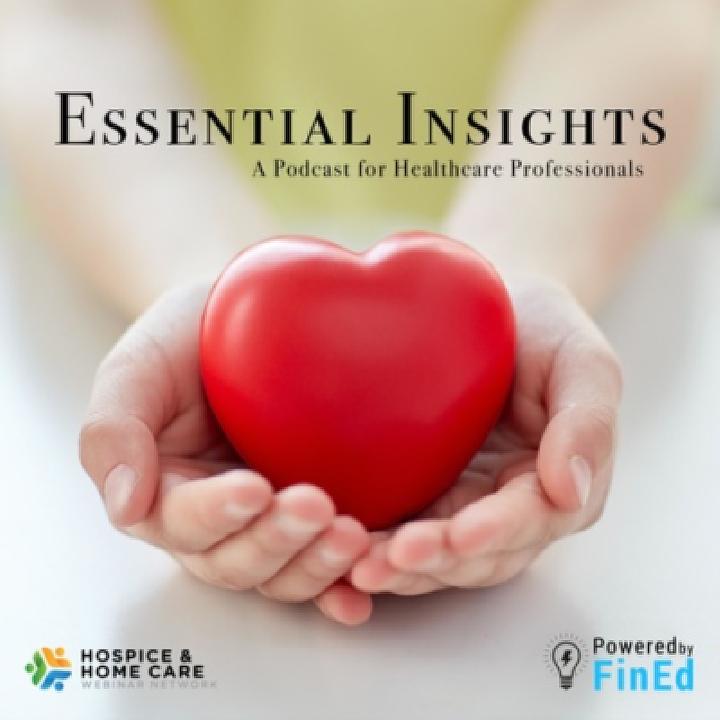
What is Required to Move a Patient into General Inpatient Care or Continuous Care?
What is Required to Move a Patient into General Inpatient Care or Continuous Care?
For both general inpatient care (GIP) and continuous care, there needs to be a justification as to why an elevated level of care (LOC) is necessary for the patient. For a patient to receive GIP or continuous care, the interdisciplinary group (IDG) must recognize that the patient’s care can no longer be managed from the comfort of their home. The IDG must prove that the patient has done everything in their power to manage their care at their current level and show that they require professional nursing management.
A medical crisis wherein the patient’s symptoms are no longer manageable in their current LOC is required to change to an elevated LOC like GIP or continuous care. For example, their pain has become severe enough that it is no longer able to be controlled without professional medical attention. Before someone is moved into GIP or continuous care the IDG must prove that the patient requires professional help to resolve their medical crisis.
The IDG must identify what has been done to resolve the medical crisis and what has not worked to justify the elevated LOC. A plan to return the patient back to their home once their symptoms have been managed should be included in this documentation. Both GIP and continuous care are meant to be short-term inpatient care. With any admission, you begin planning their discharge when they are admitted. The plan of care is to manage the patient’s symptoms so they can go back to their home.
Understanding the documentation and requirements to manage levels of care can be a daunting process. Learn this and so much more in Kathy’s webinar, Hospice 101: Creating a Solid Foundation for New Staff & Refreshing the Basics. Use code HOSPICE101 at checkout for 10% off this webinar! Coupon valid through December 2022.
Read These Articles Next
August 1, 2022
June 24, 2021
May 3, 2022
© 2026 FINANCIAL EDUCATION & DEVELOPMENT, INC




